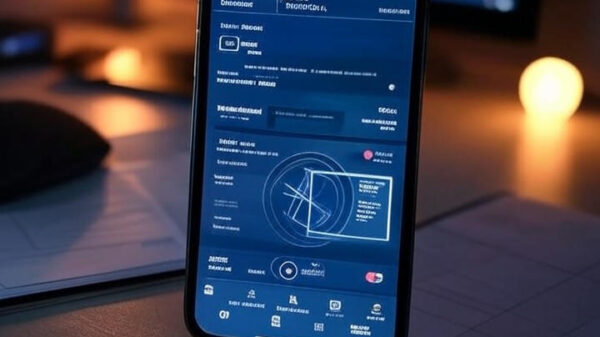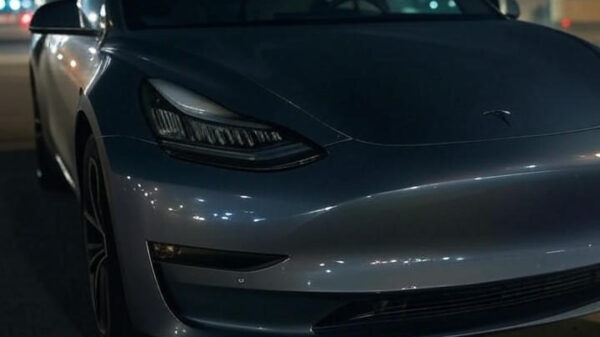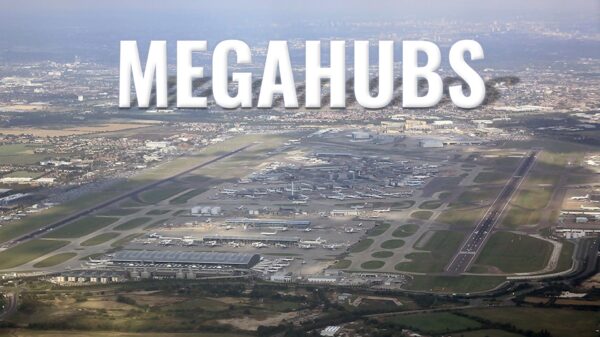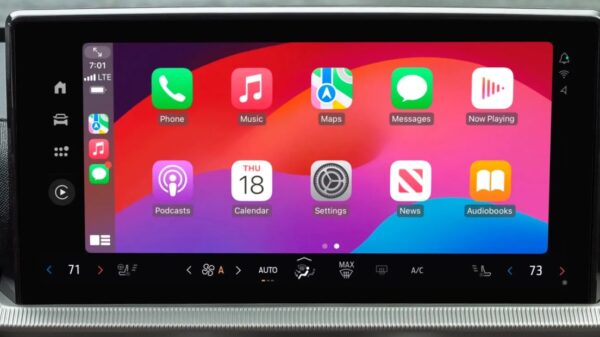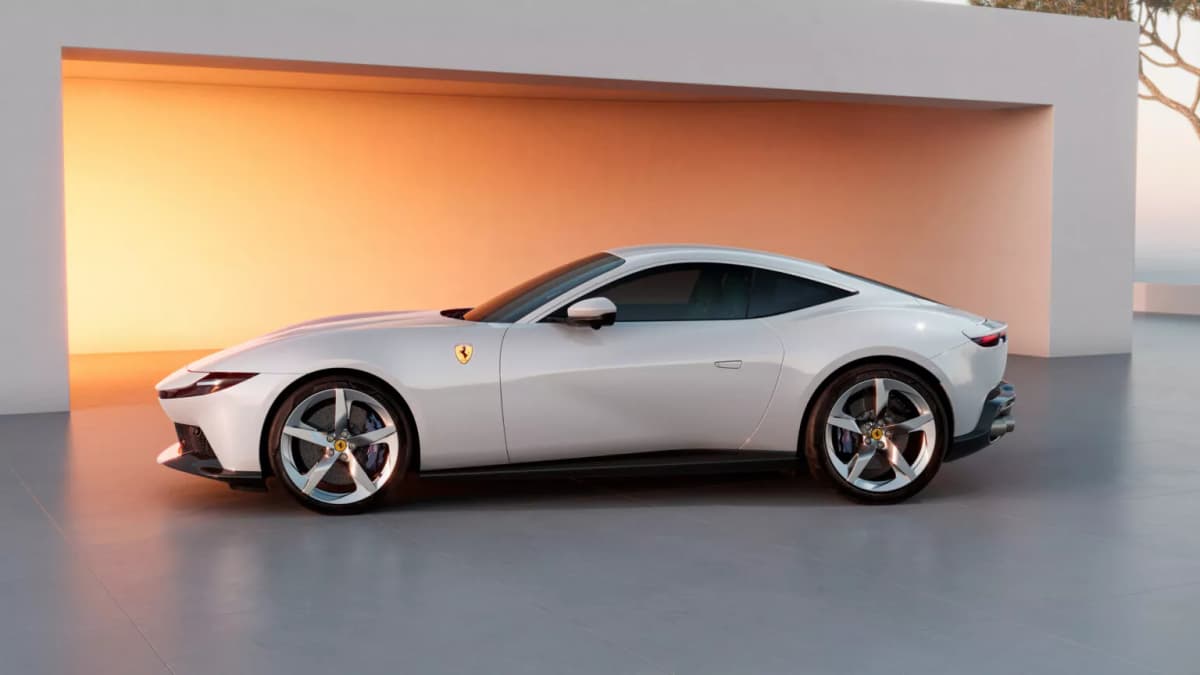Ferrari has officially launched the new Amalfi, a model that serves as a mid-cycle refresh of the Roma. While it retains many core elements from its predecessor, the Amalfi boasts a series of upgrades designed to enhance both performance and interior quality. The updates reflect Ferrari’s attempt to keep pace with emerging competition in the high-performance supercar sector.
This latest model features a familiar yet improved twin-turbo 3.9-liter V8 engine, which now produces an additional 20 horsepower over the Roma. Although the performance figures remain largely unchanged, the Amalfi includes upgraded turbochargers, a raised redline, and a refined engine control unit. The eight-speed dual-clutch transmission continues to deliver seamless power transfer, while a new exhaust system meets stricter noise regulations.
Interior Enhancements and Design Changes
One of the standout improvements in the Amalfi is its interior. The updated cabin design retains Ferrari’s iconic ‘dual cockpit’ philosophy but eliminates the central ramp section that previously divided the space. This redesign presents a cleaner and more premium aesthetic, enhancing the overall driving experience.
The central screen has transitioned from a portrait to a landscape orientation, flanked by a flat central console crafted from anodized aluminum. Additionally, Ferrari has reintroduced physical buttons on the steering wheel, responding to customer feedback after the controversial adoption of haptic touch surfaces in the Roma. As stated in an interview with Top Gear, Ferrari confirmed that this new steering wheel could be retrofitted to compatible previous-generation models.
Despite some remaining haptic controls, namely for the mirrors, the overall feedback suggests that the interior represents a significant leap forward for the brand.
Exterior Aesthetics and Market Reception
While the interior improvements are widely praised, the exterior changes have sparked mixed reactions. The Amalfi retains much of the Roma’s silhouette but adopts a more minimalist design inspired by the Purosangue SUV. This includes a new front fascia devoid of the slatted grille that characterized the Roma, replacing it with a cleaner aesthetic featuring minimalist headlights and a larger lower grille.
Critics have noted that while the design is modern, it may also come across as less distinctive. Some observers have even likened the Amalfi’s appearance to that of the new Prius, suggesting a potential loss of the unique flair that Ferrari models are known for. The rear design mirrors this sentiment, with a flatter profile and squared-off elements reminiscent of the Jaguar F-Type, which may not sit well with all enthusiasts.
In summary, the Ferrari Amalfi represents a calculated effort to enhance the existing Roma platform. While it successfully introduces significant interior upgrades and a more contemporary aesthetic, the exterior modifications may not resonate with all fans. As Ferrari continues to evolve its lineup, the Amalfi’s reception will likely influence future models and design philosophies within the company.



